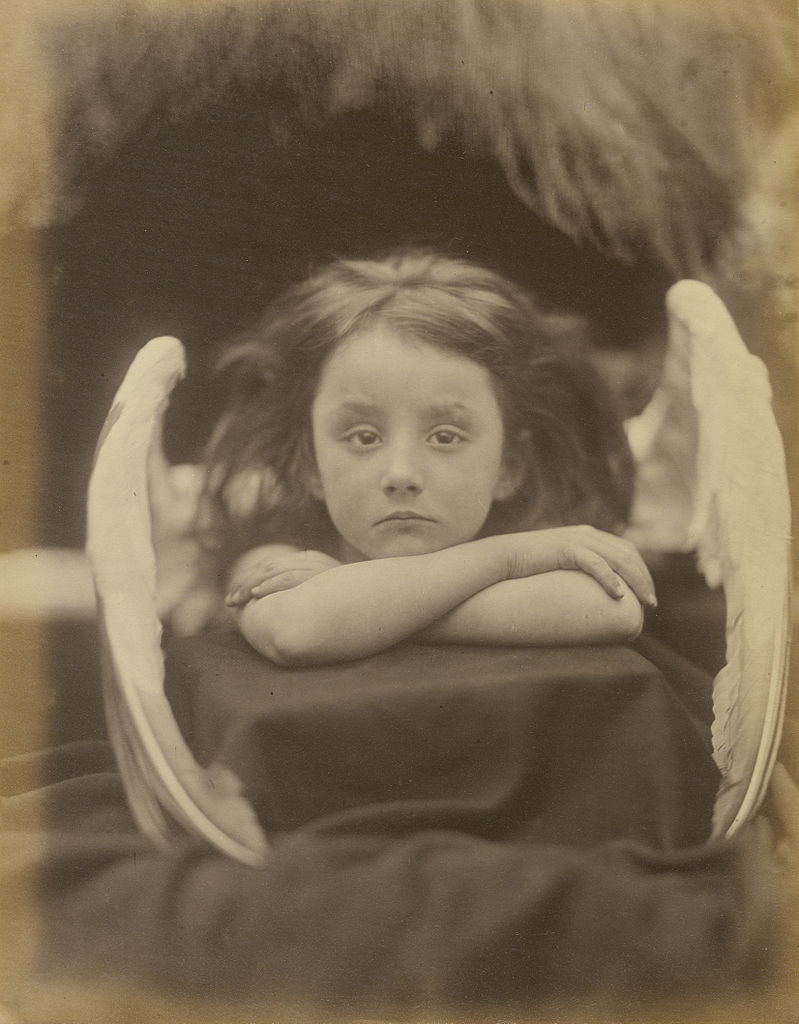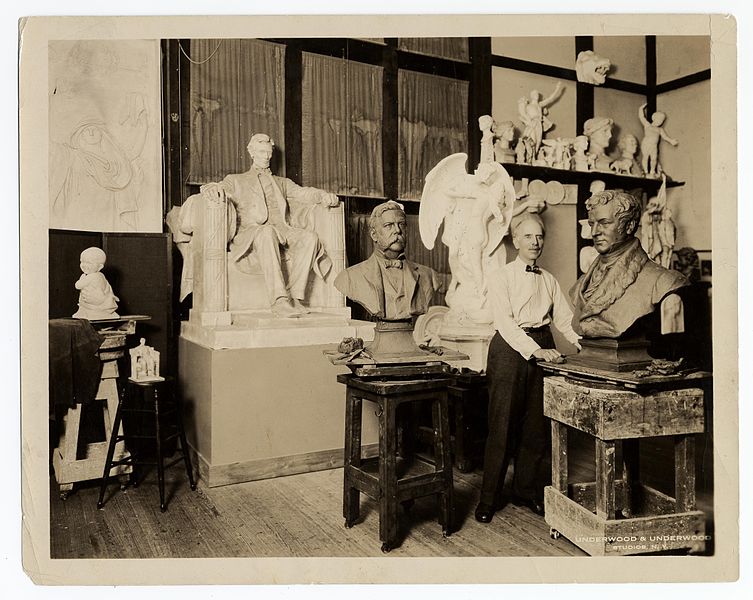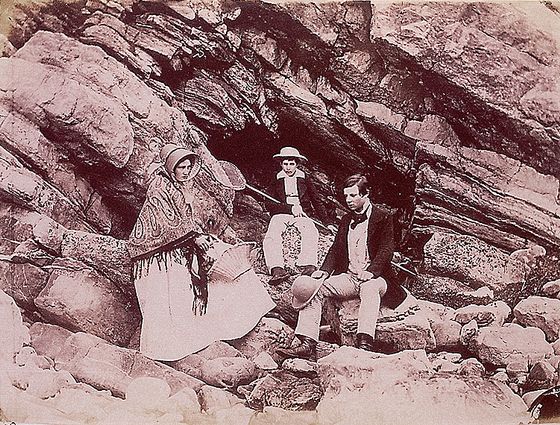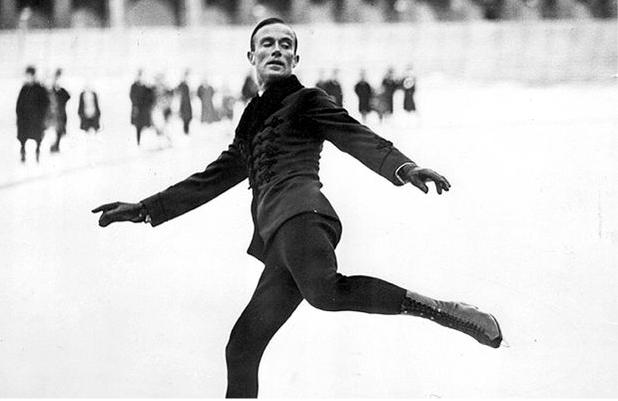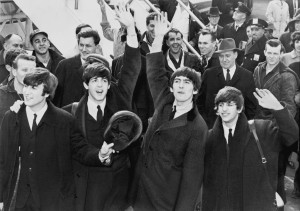I’ve spoken about the beauty of trees, of their appeal to a mythic chord within us, and of some of the great photographers, like Beth Moon and Ansel Adams, who have excelled in capturing this special subject. So not surprisingly I was taken this past Sunday by Guy Trebay’s column in the New York Times Sunday Review about the majestic, vaulting row of elm trees that stretches from 110th to 59th Streets in New York’s Central Park. Central Park was meant to be a gift top the people of the city and these trees are there for anyone, who pauses long enough from the brutal bustle of the city in winter and looks or photographs. Indeed the column is accompanied by a beautiful image of the snow covered elms along Poet’s Walk in Central Park by New York Times photographer Craig Blankenhorn. And this image demonstrates that there is beauty even on the gloomiest of winter days – ready to be captured by the camera.
Photographers, of course, are always looking. And in this sense they really do pause to smell the roses. If you do a simple Google or Bing search of “Poet’s Walk,” you will find a century’s worth of some really beautiful and wonderful images of Olmstead’s gift to New Yorker’s. It is spectacular in all seasons.
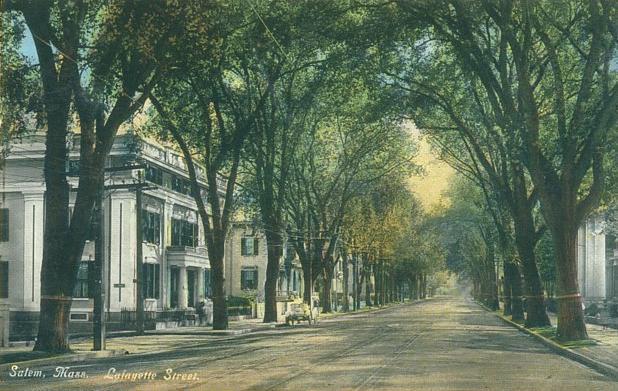
Figure 1 – Vaulting elms lining Lafayette Street in Salem, Massachusetts in 1910. From the Wikipedia and reproduced from an original postcard published by the Hugh C. Leighton Company, Portland, Maine In the public domain because of age.
Great vaulting rows of elms used to line and shade the Main Streets (and Elm Streets) of many American towns. I include as illustration Figure 1, which show’s Lafayette Street in Salem, Massachusetts in 1910. But most have fallen victim to Dutch Elm Disease. I remember, as a graduate student at Cornell University in the 1970’s watch the last fight by these glorious trees that once lined the center of the campus.
Winter is ripe with photographic guilt. There is great beauty outside, but it is also very cold. So I have to say that Mr. Trebay’s column and Mr. Blankenhorn’s photograph have inspired me anew to venture out in the New England winter to record the glory of trees in snow.

